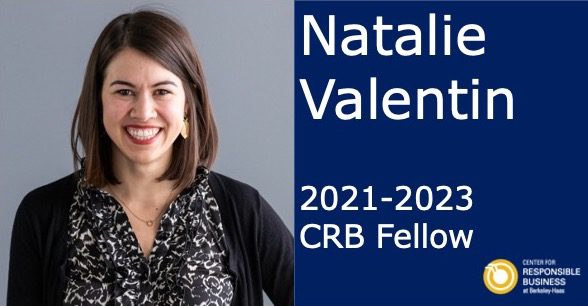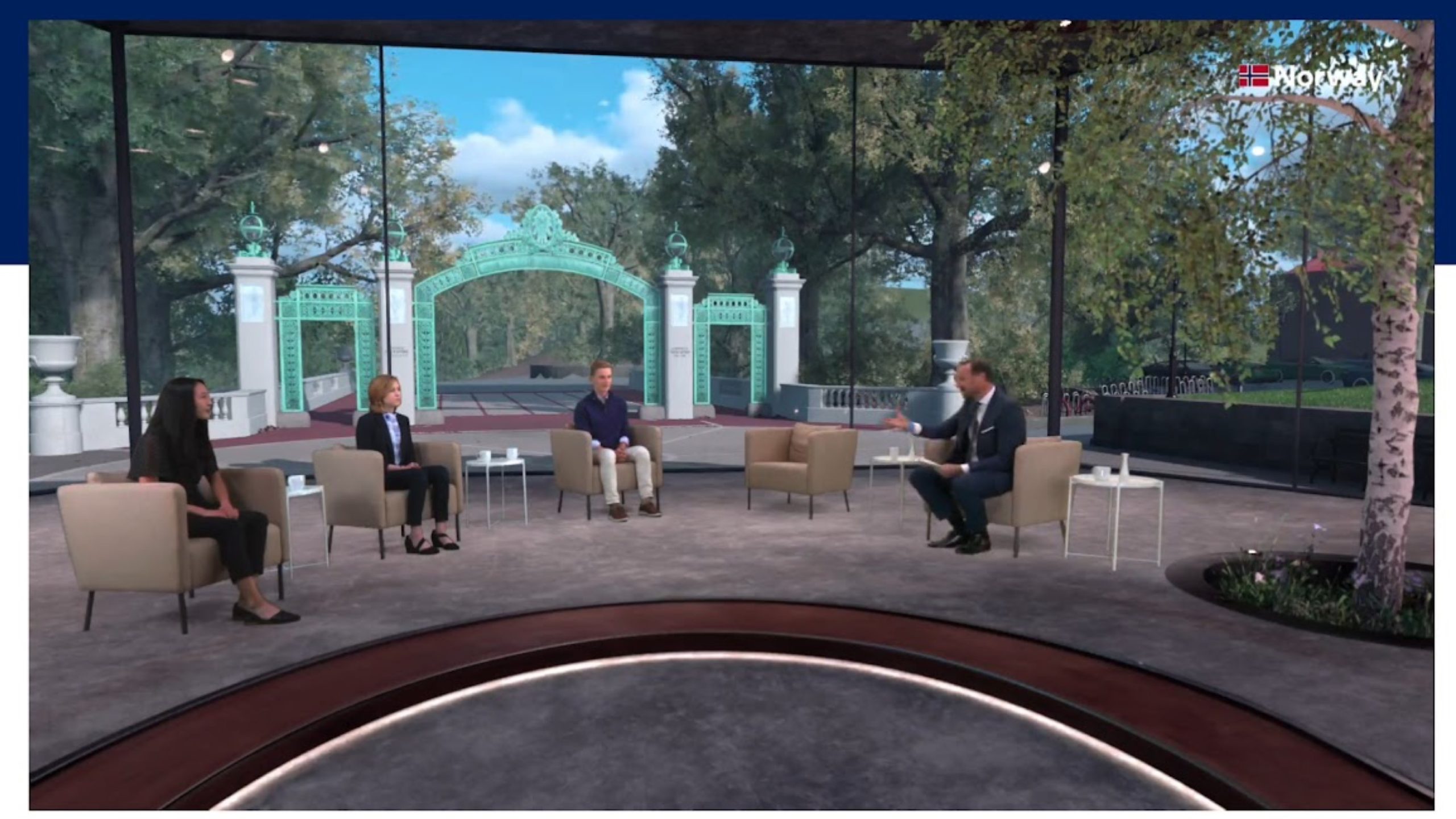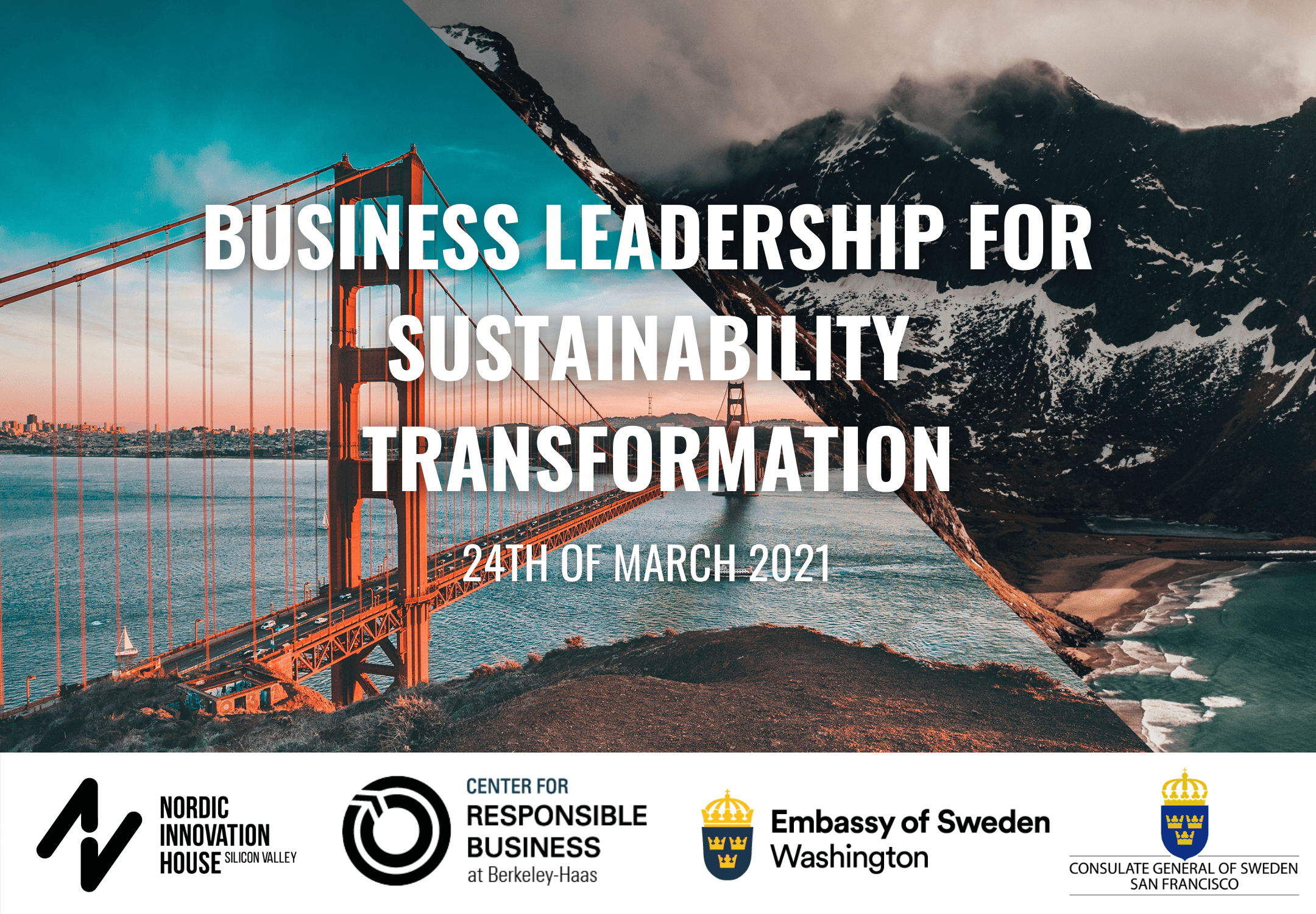Haas MBAs Take First Place Win at Net Impact National Case Competition

By Christina Meinberg, CRB Associate Director
Today’s forward-thinking companies tell us that they are in search of MBA graduates who are able to view and address pressing global and business challenges through an interdisciplinary lens. A terrific example of this came this spring, when four Berkeley-Haas MBAs with diverse backgrounds ranging from public health to finance to engineering and entrepreneurship, came together to win the National Net Impact Case competition in Boulder, Colorado.
The focus of the case was the impact of climate change on cities. Modeled after a report that C2MHill pulled together for the city of New York after hurricane Sandy, the city in focus faced rising sea levels. The case similarly called for a team of MBAs to advise on building and financing floodwater protections for a coastal town in Maryland.
I recently had a chance to speak with Carl Olson, MBA ’16, a member of the winning team….
Your team did not have prior sustainability knowledge, going into this competition. What was it about your first semester at Haas that helped you to dive in and add value in this case?
Our first semester at Haas established the groundwork that allowed our team to quickly get up to speed on the challenge. Professor Romero-Hernandez’s workshop on sustainability frameworks helped us to address stakeholder concerns. In developing our case solution, we drew on our knowledge from Haas’ Problem Finding Problem Solving course in order to synthesize our research and generate the ideas that led to our final solution.
Yours was the winning team out of 54 teams. What was it that you proposed that you think stood out from other competitors?
The two things that I think made our presentation stand out were our focus on stakeholder needs and financial solutions that incorporated ecosystem valuations. One of the keys to our proposal was developing a community engagement plan to engage residents in adopting water reclamation systems and green infrastructure that would reduce flooding in the town. We suggested tax incentives as a tool for conversation in these engagements.
On the financial side, our recommendation focused on a hybrid approach that combined conventionally-engineered protections with “mitigation credits”. Rather than regard the wetland restoration as a cost, we looked to the newly emerging marketplaces for wetland mitigation credits as a way for the community to offset the construction cost.
Our final solution centered on a public-private partnership. We identified private equity partners who specialized in restoring wetlands and selling credits. The revenue generation from the protection of the wetlands allowed us to reduce the tax burden on the city and reduce the risk while preserving the wetlands in perpetuity.
Were you able to employ any of Haas’ defining principles during the course of the competition?
Yes! “Students Always” and “Question the Status Quo”. Going into the competition, none of us had a background in sustainability, and we had to learn as we went. The sustainability landscape is rapidly evolving, with new opportunities emerging constantly, and you need a desire and willingness to seek them out.
We challenged ourselves to incorporate stakeholder interests across the community. In doing so, it became clear that there was no single solution that could meet all of the needs. Many of the building blocks, such as green infrastructure and wetlands mitigation banking, were proven individually. Our challenge was to find a new way of combining them, in order to produce a plan that could gain broad support across businesses, residents and local government.
During the course of the competition, did you research any information that was not included in the case?
We researched wetland restoration projects in depth, to understand how they worked and what their funding requirements were. For the community green infrastructure, we looked at other communities that adopted rainwater harvesting systems and permeable pavement. Before settling on wetlands mitigation banking, we considered carbon credits and other examples of public-private development partnerships. A requirement of our case solution was to report using Global Reporting Initiative (GRI) guidelines, and we also had to get up to speed on how these indicators applied to our project.
What is your biggest learning or take-away from this experience?
I was impressed with the quality and breadth of experiences of the other students in the competition. Students came from across the spectrum, and made it clear to me that sustainability is engaging people from a variety of sectors and skillsets. Even if they aren’t directly involved in sustainability issues, there is rising tide of allies in functional roles.


